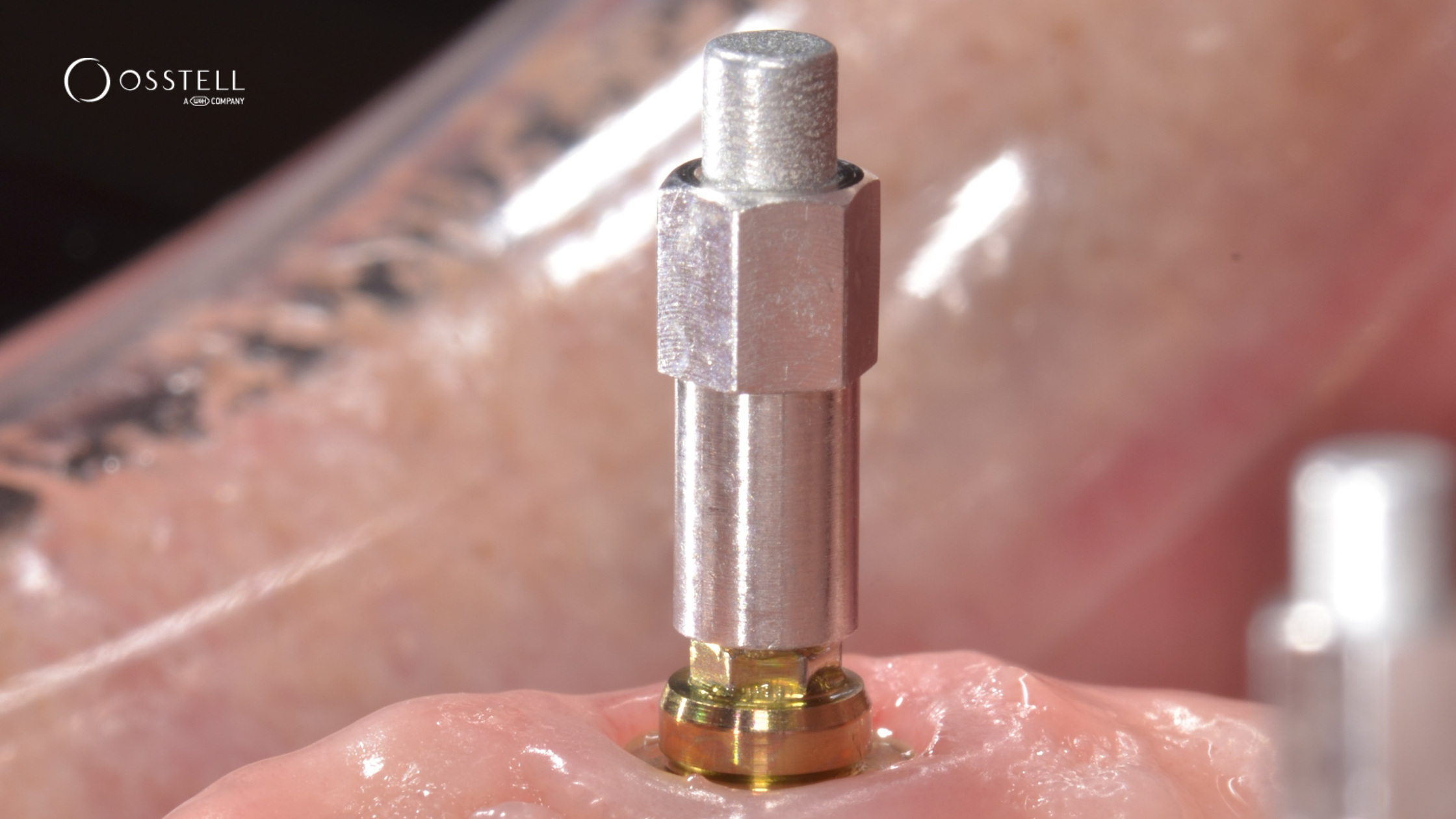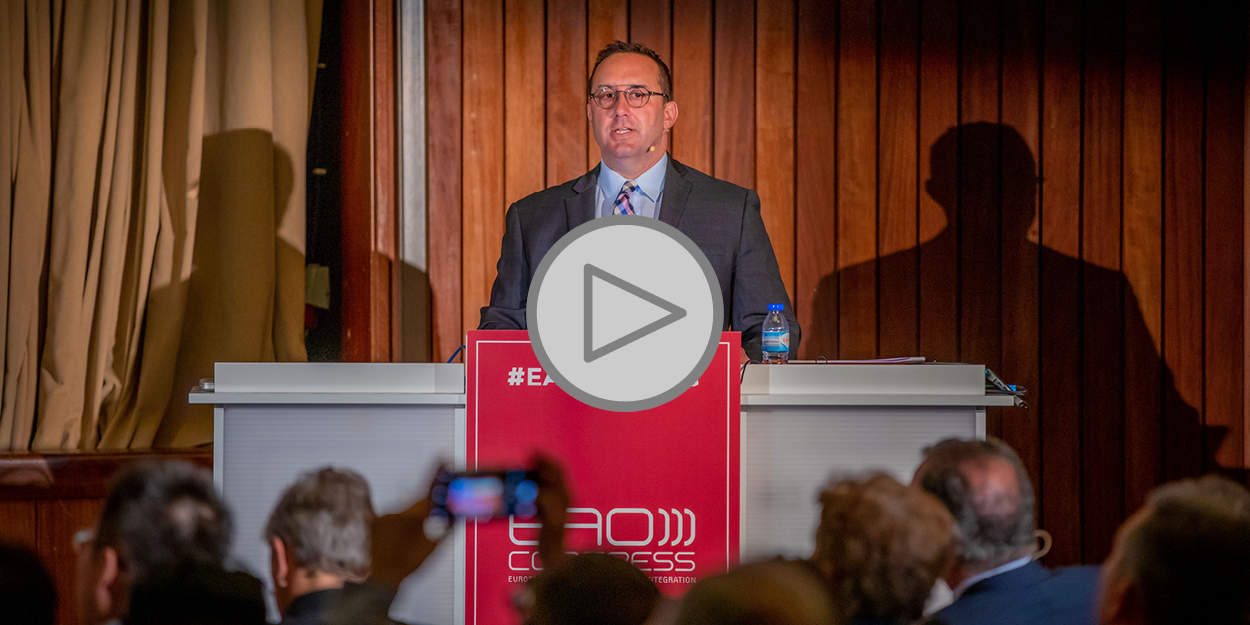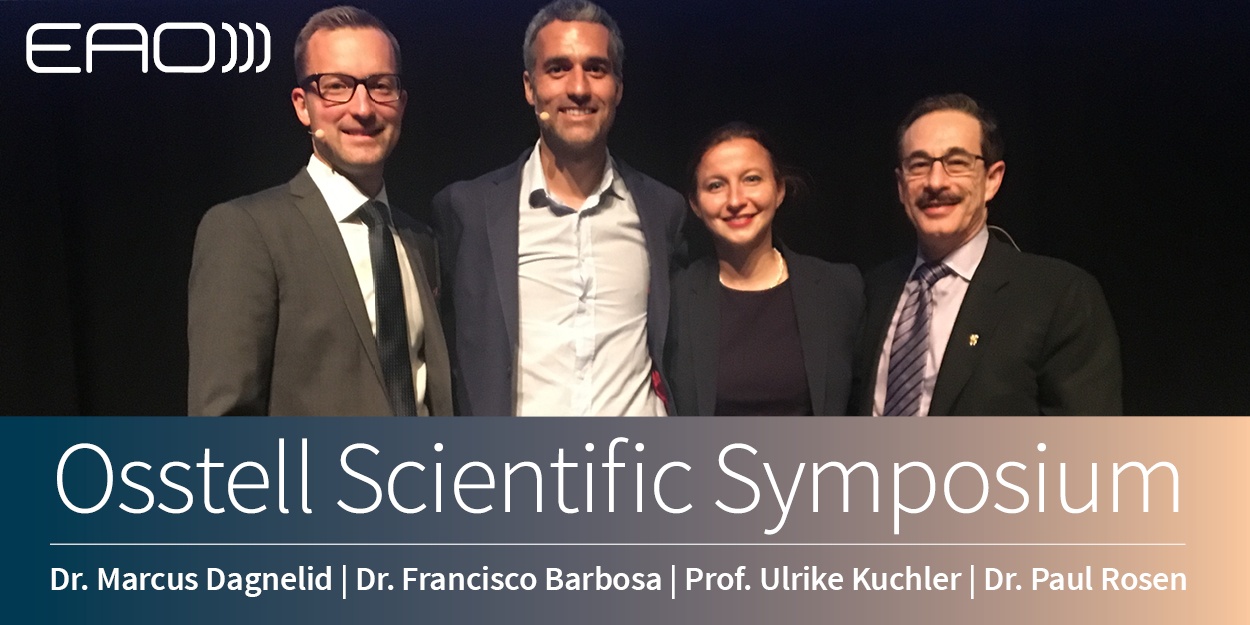The 13th Osstell ISQ Annual Symposium will gather an exciting line-up of international speakers, featuring Dr. Tara Aghaloo (USA), Dr. William Martin (USA), Dr. Stephen T Chen (Australia), Dr. Kyle Stanley (USA) and moderator Dr. Marcus Dagnelid (Sweden).
5 reasons to attend the 2021 Osstell ISQ Symposium
[fa icon="calendar'] Jun 21, 2021 2:23:48 PM / by Osstell posted in loading protocol, immediate restoration, isq, implant loading, primary stability, Osstell scientific symposium, digital workflow, immediate loading, rfa, secondary stability, osseointegration, implant healing, implant stability, risk patient, healing time, implant placement
Why measuring Osstell ISQ on abutment level can help you achieve predictable outcomes
[fa icon="calendar'] Mar 10, 2021 7:47:54 PM / by Osstell posted in loading protocol, immediate restoration, isq, implant loading, primary stability, immediate loading, rfa, osseointegration, implant healing, implant stability, healing time, SmartPegs
Dr. Jeff Ganeles answers your clinical questions
[fa icon="calendar'] Oct 25, 2019 5:55:36 PM / by Osstell posted in loading protocol, isq, implant loading, primary stability, EAO, immediate loading, secondary stability, implant stability, risk patient, implant complication, healing time, implant placement
Ask the expert! Dr. Barry Levin answers your questions.
[fa icon="calendar'] Oct 24, 2019 9:18:05 AM / by Osstell posted in loading protocol, isq, implant loading, primary stability, EAO, immediate loading, secondary stability, implant stability, risk patient, implant complication, healing time, implant placement
Ask the experts!
[fa icon="calendar'] Nov 22, 2018 8:43:00 AM / by Osstell posted in loading protocol, isq, implant loading, primary stability, EAO, immediate loading, secondary stability, implant stability, risk patient, implant complication, healing time, implant placement
Clinicians from all over the world participated to Osstell Scientific Symposium at EAO Congress 2018 in Vienna, on October 11th.
How to reveal the secret that only bone and implant knows
[fa icon="calendar'] Mar 27, 2018 9:30:35 AM / by Vladimir Kokovic, DDS, MSc, PhD posted in loading protocol, implant loading, primary stability, immediate loading, rfa, secondary stability, healing abutment, case report, osseointegration, implant healing, implant stability, bone-to-implant reaction, grafting, healing time
During the twenty-two years of my clinical and scientific work with dental implants I have been a witness to huge development in the implant dentistry. Changes to implants' macro and micro design, surfaces, and surgical and prosthetic procedures that expand today's treatment with dental implants. But for me, the most impressive improvement was an implementation of resonance frequency analysis (RFA) from scientific to clinical work in implant dentistry.
How I determine loading protocol and timing of restoration
[fa icon="calendar'] Mar 5, 2018 10:17:16 AM / by Dr. Rachel Schallhorn posted in loading protocol, isq, implant loading, immediate loading, implant planning, osseointegration
Measuring ISQ has become a critical component in my implant treatment, as it provides objective information about the stability of the implants I place. Based upon the initial implant stability or ISQ value, I determine the loading protocol and timing of restoration (immediate, early, delayed).
How to Confidently Reduce Treatment Time? [With Case Report]
[fa icon="calendar'] Feb 9, 2018 8:36:56 AM / by Charles D. Schlesinger posted in loading protocol, isq, primary stability, insertion torque, immediate loading, rfa, healing abutment, case report, osseointegration
I have been placing dental implants since 1998 and as most of you, I have seen many advances in the field of dentistry that make implant dentistry safer and more predictable. The biggest boon to treatment absolutely has to be the advent of CBCT technology. This has made the surgical phase of treatment more predictable and safer for the patient.
Meet Dr. Michael Norton [video]
[fa icon="calendar'] Jan 30, 2018 1:09:33 PM / by Jonas Ehinger posted in loading protocol, isq, primary stability, insertion torque, rfa, secondary stability
Dr. Michael Norton talks about Osstell ISQ and RFA in his practice. Dr. Norton has been using Osstell for many years and has found value in having the information it provides to him about his patients. In addition, Dr. Norton is just completing his term of office as President of the Academy of Osseointegration which will hold its 2018 Annual Meeting in Los Angeles February 28th through March 3rd. We and Dr. Norton welcome your comments and questions on his thoughts.
How Progressive Loading Solved a critical Implant Case.
[fa icon="calendar'] Sep 27, 2017 5:27:31 PM / by Francisco Teixeira Barbosa posted in loading protocol, immediate restoration, progressive loading, isq, implant loading
Every day we do a lot of things based on our intuition. We make decisions based on our own or others experience.
We do not need science to help us in our daily life, and we don't have a clear indicator that shows us if our decision is the best.
Decisions based on practical experience is our way of life.
But when it comes to our profession as dentists, we do, or at least we should, evidence-based dentistry for...almost every treatment we perform.
As the title of this article says, I´m going to present a case about "progressive loading."
Yes, I know, progressive loading is supported by few clinical studies (Rotter 1996, Appleton 2005, Ghoveizi 2013), but -and here comes the interesting part- the rationale behind this concept makes sense from a clinical and biological point of view.











.jpg)